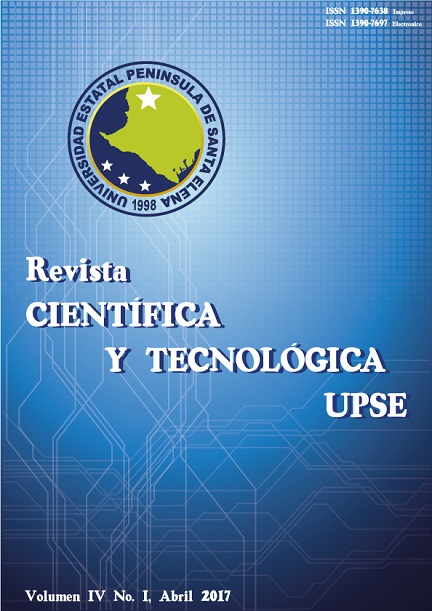Effect of different concentrations of liquid creosote on the germination of genotypes of tomato (Lycopersicon esculentumMill.)
DOI:
https://doi.org/10.26423/rctu.v4i1.254Keywords:
genotypes, concentrations, creosote, germination, tomatoAbstract
In the province of Santa Elena, Ecuador, the annual production of kidney tomato represents 26.3% of the national total and, according to INEC, in 2012 all the harvest was destined for sale; but from that date on, the planting area in the producing areas has decreased, mainly due to abiotic factors such as drought and salinity, which cause a high incidence of insect-pests and diseases. Under this premise, the present study evaluated the germination of three tomato genotypes under the effect of five concentrations of liquid creosote, under controlled laboratory conditions, in order to obtain genotypes with tolerance characteristics to the main pests that affect the crop. The percentage of germination was considered from day three to 20, according to the emergence of each one in the different concentrations. The experiment was carried out in a DCA in factorial arrangement 5x3, using 100 seeds certified by treatment. The results of the ANDEVA revealed statistically significant differences in germination at 1% of the probabilities for the interaction Genotypes by concentrations, standing out G3 for germinating 5% in the highest concentration at day 20 of the evaluation.
Downloads
Downloads
Published
Issue
Section
License
El titular de los derechos de autor de la obra, otorga derechos de uso a los lectores mediante la licencia Creative Commons Atribución-NoComercial-CompartirIgual 4.0 Internacional. Esto permite el acceso gratuito inmediato a la obra y permite a cualquier usuario leer, descargar, copiar, distribuir, imprimir, buscar o vincular a los textos completos de los artículos, rastrearlos para su indexación, pasarlos como datos al software o usarlos para cualquier otro propósito legal.
Cuando la obra es aprobada y aceptada para su publicación, los autores conservan los derechos de autor sin restricciones, cediendo únicamente los derechos de reproducción, distribución para su explotación en formato de papel, así como en cualquier otro soporte magnético, óptico y digital.












